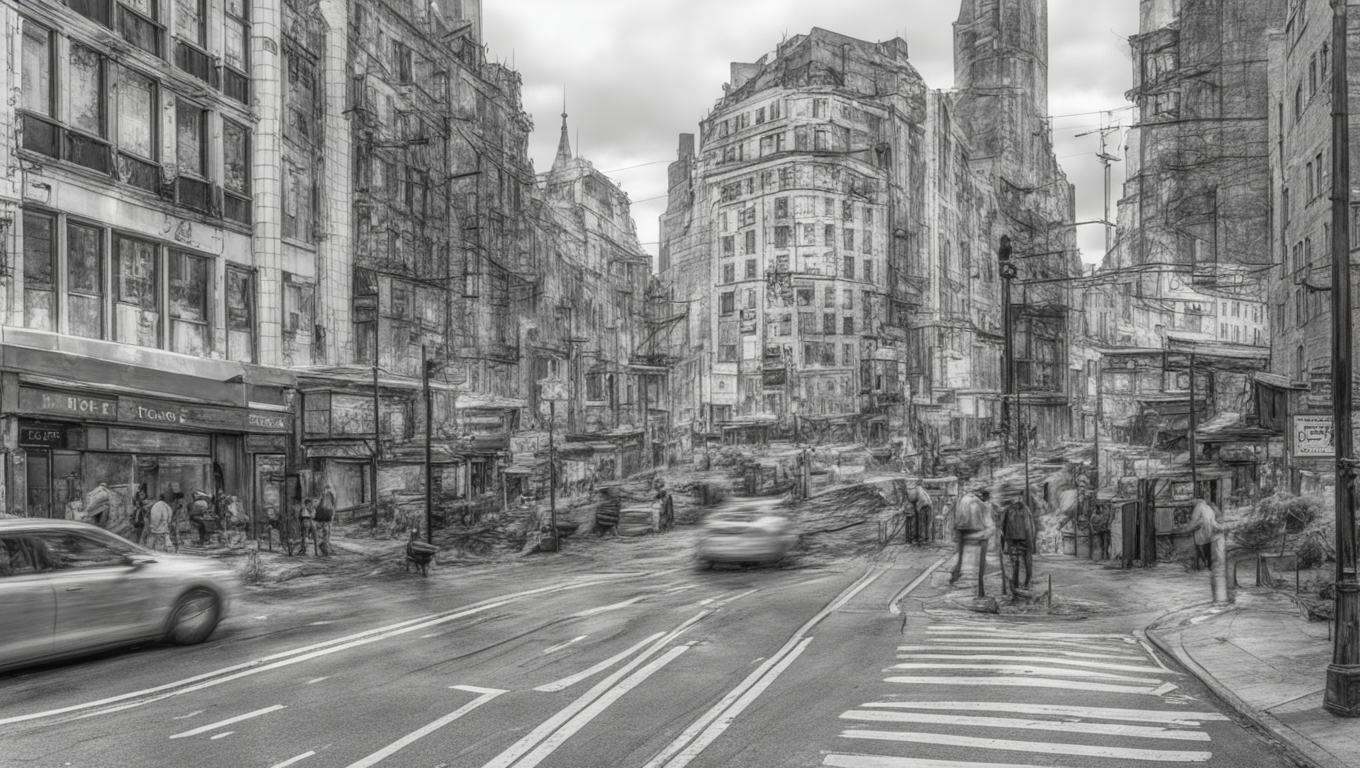In the latest update to Adobe’s powerful photo editor, Lightroom, unwanted elements in photos will become a thing of the past. Thanks to the introduction of the AI-powered Generative Remove feature, users will be able to effortlessly remove distracting elements from their images. Whether it’s that pesky guy in the background or an object that ruins an otherwise perfect shot, Generative Remove has got you covered.
This innovative feature is currently in its public beta testing phase and will be available across the Lightroom ecosystem, including the mobile app, desktop version, and web application. Powered by Adobe’s Firefly AI engine, Generative Remove seamlessly replaces unwanted elements with ease. Simply paint over the area you want to remove, and Lightroom will send this information to Adobe’s Firefly servers. In just a matter of seconds, the data will be processed, and the removed element will be replaced, leaving you with a clean and polished image.
The process is impressively fast, taking only a few seconds in the demonstrations witnessed by WIRED. However, the speed of performance will depend on the user’s internet connection. This feature sets itself apart from Adobe Photoshop’s Reference Image feature, which was launched less than a month ago and focuses more on generating new images using Firefly. Lightroom’s AI capabilities, on the other hand, are designed specifically to enhance a photographer’s editing workflow.
Removing distracting elements from photos has long been a challenge for photographers. Lightroom’s existing Content Aware Remove tool aids in smaller scenarios where backgrounds are not complicated. However, for larger objects against complex backgrounds, the task becomes more arduous and time-consuming. Generative Remove, powered by Firefly, simplifies the process, reducing what once required hours of work and technical expertise to a few clicks and mere seconds of processing time. This advancement transforms anyone into a Lightroom wizard.
Moreover, Generative Remove offers an additional advantage over other retouching tools. Instead of providing users with the best match, it generates three different versions and allows users to choose the one that best suits their preference. This level of customization ensures that the final result aligns with the photographer’s artistic vision.
While Generative Remove is an impressive addition to Lightroom’s arsenal of tools, it bears some resemblance to Google Photos' Magic Eraser tool, which already allows users to remove unwanted elements. However, Adobe’s offering does not encompass functionalities like Google’s Magic Editor, which allows for lighting adjustments and the ability to cut and paste subjects within a scene. Adobe’s approach to AI tools, including Generative Remove, has been to build upon existing capabilities to provide users with better tools rather than introducing flashy new features.
This strategy aligns with what working photographers truly desire—tools that enhance their creative process. Adobe understands that photographers seek improvements and refinements to their existing workflows, rather than drastic alterations or gimmicks. By focusing on this aspect, Adobe remains committed to providing professionals with the tools they need to elevate their craft. The company leaves the more groundbreaking AI-powered features, such as scene manipulation, to other players in the industry.
The introduction of Generative Remove adds another dimension of power and simplicity to Lightroom, solidifying its position as one of the leading photo editing tools. With its seamless AI capabilities, Lightroom empowers photographers to effortlessly remove unwanted elements, allowing them to create stunning images without unnecessary distractions. As technology continues to evolve, Adobe remains at the forefront, delivering tools that enhance and streamline the creative process for photographers worldwide.





Use the share button below if you liked it.